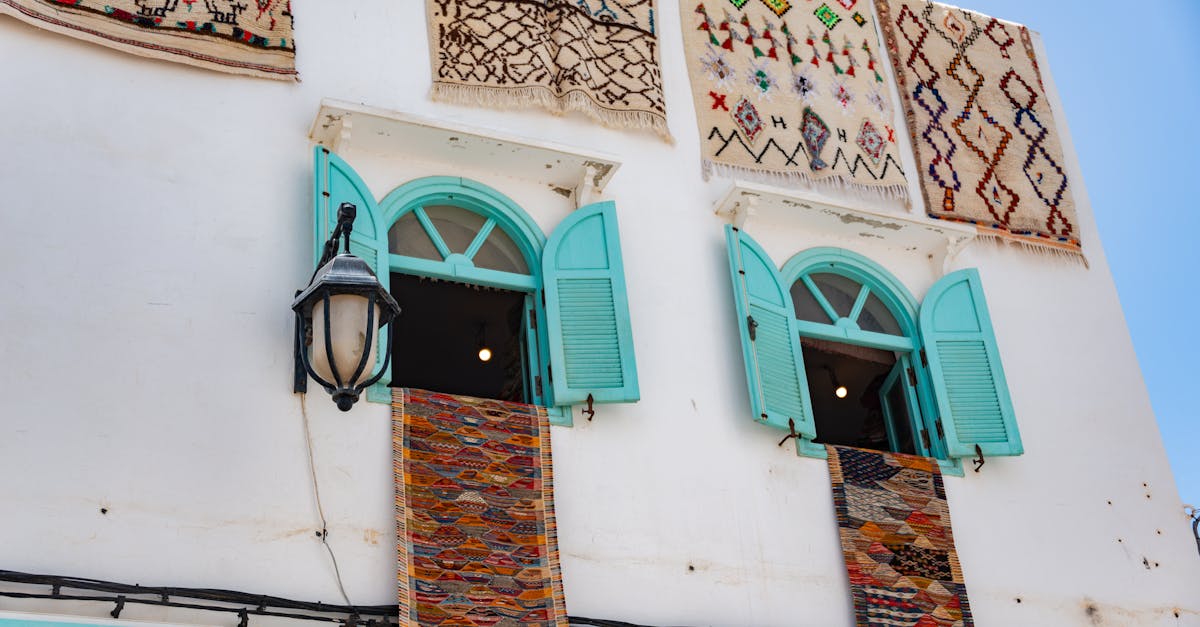Passive House Construction Techniques: Advanced Framing Techniques

Mechanical Ventilation Systems in Passive Houses
Mechanical ventilation systems play a crucial role in maintaining optimal indoor air quality in Passive Houses. These systems ensure continuous airflow while efficiently recovering heat, thus reducing energy consumption. One common type of mechanical ventilation system used in Passive Houses is Heat Recovery Ventilation (HRV) units.
HRV units operate by extracting stale air from the house and replacing it with fresh outdoor air. As the two air streams pass through the HRV unit, heat from the outgoing air is transferred to the incoming air, resulting in minimal heat loss. This process not only enhances indoor air quality but also contributes to the overall energy efficiency of the building.
Heat Recovery Ventilation (HRV) Units Installation
Heat Recovery Ventilation (HRV) units are pivotal components in achieving optimal indoor air quality and energy efficiency in passive houses. The installation process of HRV units demands meticulous attention to detail to ensure seamless integration within the building's structure. Proper placement of HRV units within the home is crucial to facilitate efficient air circulation while minimising energy consumption.
During the installation of HRV units, it is imperative to work closely with skilled professionals to guarantee precise fitting and connection to the ductwork system. This meticulous approach is essential to prevent air leaks and to maximise the heat recovery process within the ventilation system. Maintaining airtightness and insulation integrity throughout the installation of HRV units is paramount to uphold the passive house's performance standards and ensure long-term sustainability.
Passive Solar Design Strategies
Passive solar design strategies play a vital role in maximising the energy efficiency of a building by harnessing the power of the sun to heat and cool the space naturally. One effective strategy is the use of overhangs and shading devices, which help regulate the amount of sunlight entering the building at different times of the day and year. By strategically placing overhangs, buildings can prevent overheating in summer while allowing maximum sunlight to penetrate and warm the interior during the colder months.
Another key passive solar design strategy is the selection of high-performance windows that are designed to maximise solar gain and minimise heat loss. These windows are typically double or triple-glazed with low-emissivity coatings to reduce heat transfer. Additionally, the orientation of the building plays a crucial role in passive solar design, with optimal positioning to capture the sunlight in winter and limit exposure in summer. By incorporating these strategies into the design of a building, passive solar design can significantly reduce the need for mechanical heating and cooling systems, resulting in long-term energy savings and environmental benefits.
Overhangs and Shading Devices
Overhangs and shading devices play a crucial role in passive solar design strategies for passive houses. These features are strategically designed to provide shade during the hotter months and allow sunlight to enter the living spaces during the colder months. By carefully positioning overhangs and shading devices, passive houses can effectively regulate internal temperatures and reduce the need for artificial heating and cooling systems.
Techniques: Insulated Foundation and Slab Design
Passive House Construction Techniques: Airtightness Testing and Sealing
Passive House Construction Techniques: Rainwater Harvesting and Greywater Systems
Passive House Construction Techniques: Exterior Insulation and Cladding
Passive House Construction Techniques: Solar Shading and Overhangs
Passive House Construction Techniques: Ventilation System Installation
Passive House Construction Techniques: Prefabrication and Modular Construction